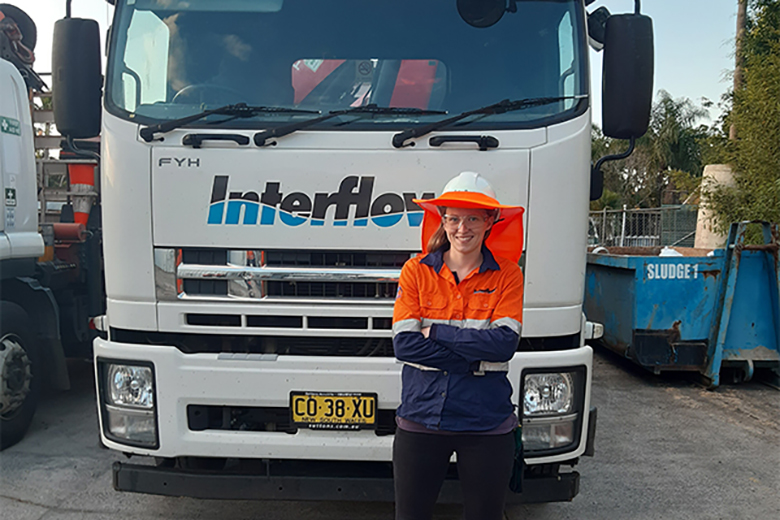
As a society, our potential to excel in the areas of science, technology, engineering, and maths (STEM), is stifled by the underrepresentation of girls and women in STEM education and careers. Of the STEM fields, Engineering has the lowest rate of female participation, at just 12.4%. Addressing this problem requires a multifaceted approach that tackles the stereotypes and stigmas that dissuade girls from showing interest in engineering early on, and the inadequacies of workplace culture within STEM fields.
Unleashing STEM potential through education
Attracting females to STEM begins with laying a strong educational foundation.
Bringing more than 80 years of civil engineering solutions in the pipeline infrastructure space, Interflow, recognises the importance of quality education in the STEM field.
Employing in excess of 70 engineers across Australia and New Zealand, and a further 500 field and support staff, the organisation is committed to supporting the next generation of bright minds, with a clear focus on creating an environment where female engineers can thrive.
The company’s People & Capability Business Partner, Fern Ryan, discusses Interflow’s long-standing cadetship program, and the efforts the organisation has taken to promote the development of its emerging engineers.
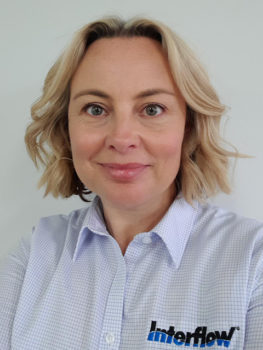
“Our cadetship program is open to all third-year civil engineering undergraduates who are looking to gain real-world experience in an industry-leading firm,” she said.
“The program provides students with the autonomy to take ownership of their work whilst also providing them with the mentorship and guidance necessary to help develop their skills and jumpstart their careers.”
Mentoring is known to improve the retention, development and leadership potential of employees, particularly for women in male-dominated fiends such as engineering. Interflow currently has seven undergraduate engineers in its cadetship program, three of whom are female.
Increasing visibility and enhancing understanding
Whilst programs aimed at university-aged students are one piece of the puzzle, it is largely accepted that pre- and primary-school education also play a critical role in increasing girls interests in STEM subjects.
The lack of awareness around opportunities within the field of engineering, paired with the gender stereotypes regarding the nature of ‘women’s work’, is considered a significant barrier to increasing female participation.
Third-year university student and undergraduate engineer, Verena Reid, is one of the emerging engineers participating in Interflow’s cadetship program.

Reflecting on her education, Verena acknowledged that growing up, she didn’t have a clear understanding of all the facets of engineering.
“I was always interested in science and maths as a child, but it wasn’t until I was offered a STEM scholarship in high school that I really became aware of what engineering was,” she said.
Now in her final year of study, Verena is passionate about providing the next generation of students with equal access to a STEM learning environment that’s free from prejudice.
“Providing the next generation with equal and unbridled access to a quality STEM education is a precursor to innovation and progress as a society,” she said.
“Particularly for young girls who may not be aware of how exciting or fulfilling a career in STEM can be, I’d love for them to be given the chance to try it out in an unbiased, supportive environment.”
Supporting women in STEM careers
STEM fields don’t just struggle to attract women, but also to retain women in employment. A common cause of this is the male-dominated workplace culture and lack of flexible working arrangements.
According to the Department of Industry, Science, Energy and Resources, STEM employees are often employed under less flexible working conditions than other fields. Particularly for engineers, the time-sensitive projects, long-hours and on-site requirements can make flexible work arrangements challenging to accommodate.
Interflow’s Quality and Continuous Improvement Engineer, Kathryn Haisman, began with Interflow in 2013 as a Project Engineer.
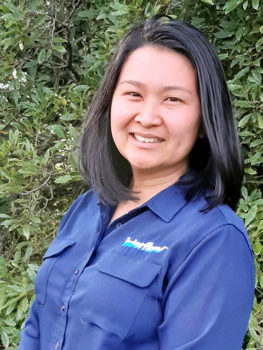
After spending four years in Operations, Kathryn decided to take some time off to start a family. Upon her return, she transitioned into the Quality Department to enable a better work-life balance. Kathryn shares how the move impacted her career.
“While there is a general perception that the field of Engineering is incompatible with work-life balance or parental leave, there are so many opportunities available within this sector,” Kathryn said.
“With two young children, remaining in my operationally focussed role was difficult, but with Interflow’s support I successfully transitioned into the Quality team, where I still get to apply my knowledge of engineering to support our Operations team.”
“I take great pride in my work and am very grateful that I can continue to support my former team in this new and exciting way,” Kathryn continued.
Fern shares how flexible working arrangements and team member development pathways, like those provided by Interflow, are enabling more women to be return to work after taking parental leave.
“By providing women with the reassurance that they can balance a fulfilling career with their personal lives, we’re maximising the percentage of women who do choose to return to their engineering careers after taking time off to start a family,” she said.
“There are so many fulfilling career opportunities within the field of engineering. By showcasing these opportunities and breaking down the barriers to entry, we’re giving females a chance to design for a brighter future for themselves and their communities.”
Notes to editors:
Since its inception in 1936, Interflow has carved out its place as a leader in pipeline infrastructure. Today, the company is regarded as Australia and New Zealand’s leading provider of trenchless pipeline solutions, developing innovative methods to extend the operational life of water networks across Australasia.
Employing over 600 field and office-based staff, Interflow has completed works for major water authorities and government bodies in the watermains, wastewater, stormwater, and culvert sectors.
Our Offices:
Sydney, Charmhaven, Canberra, Melbourne, Bendigo, Brisbane, Caboolture, Mackay, Adelaide, Perth, and Auckland. Our Head Office is located in Girraween, NSW.
Industries we serve:
Water, Wastewater, Stormwater and Culverts.
Offerings:
Project planning, design, investigation and condition assessment, new construction, asset rehabilitation and renewal, periodic maintenance, and emergency services. Specialists in both trenchless technology as well as dig-and-replace methods.
Comment below to have your say on this story.
If you have a news story or tip-off, get in touch at editorial@governmentnews.com.au.
Sign up to the Government News newsletter

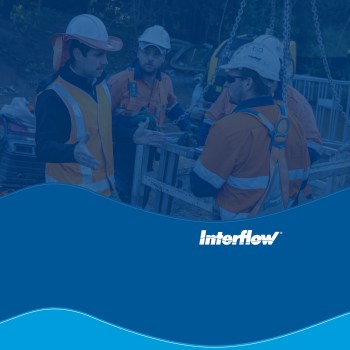
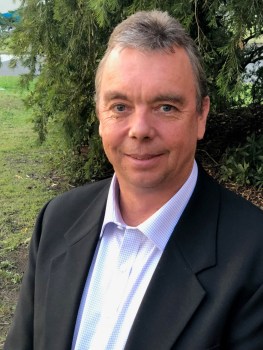



J Knight on: Mannoun re-elected Liverpool mayor amid corruption inquiry
J Knight on: Qld boasts largest publicly owned wind farm
Flying Penguin on: Victoria perceived as a corrupt state